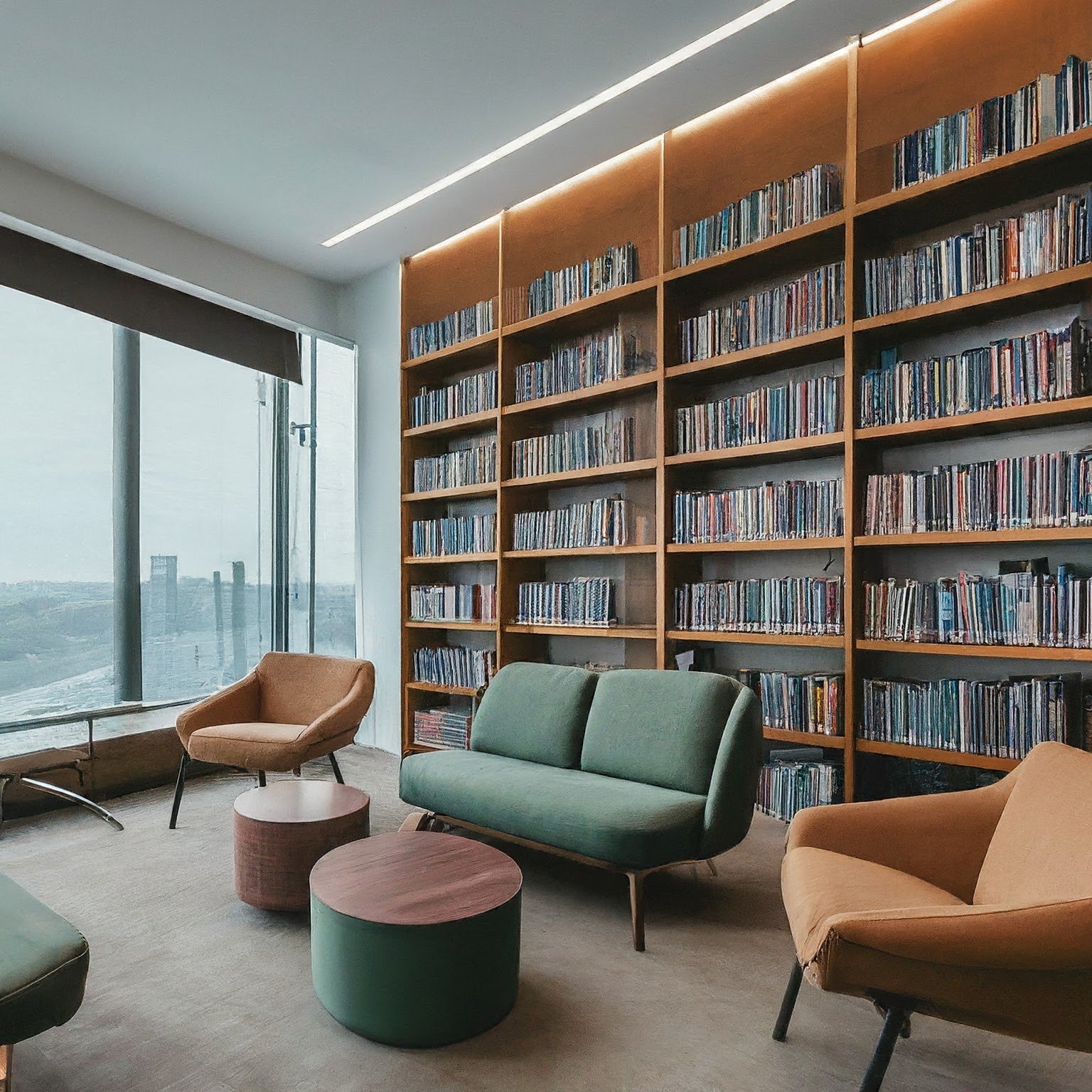These are the rules that guide me at work
As a full-stack designer and a people leader, I use my comprehensive experience and design principles to deliver impactful solutions.
Business principles
TLDR version is essentially encompassing the key areas a company needs to focus on to achieve overall success by ensuring satisfaction and positive outcomes for their clients, products, partners, and internal team members.
Client Success:
Ensuring that customers are achieving their desired outcomes with the company's products or services, often through proactive support and relationship management.
Product Success:
Developing and delivering high-quality products that meet market needs and provide a positive user experience.
Partner Success:
Building strong relationships and collaborations with external partners, like distributors or resellers, to maximize mutual benefits.
Team Success:
Fostering a positive and productive work environment within the company to maximize individual and collective performance.
Leadership principles
When it comes to leadership, I learned the foundational principles from the leaders of the corporate world and modern values through the younger generation design leaders. Let’s view them in two groups.
Foundational principles
Vision & strategy:
Sets a clear, compelling vision and strategic direction.
Communicates the vision effectively, inspiring and motivating others.
Empowerment & trust:
Delegates authority and responsibility, empowering individuals and teams to take ownership.
Fosters a culture of trust, encouraging open communication and risk-taking.
Adaptability & agility:
Promotes experimentation, learning, and continuous improvement.
Embraces change and uncertainty, fostering a flexible and adaptable mindset.
Ethical leadership:
Upholds high ethical standards and integrity.
Demonstrates fairness, transparency, and accountability.
Modern enhancements
Emotional intelligence & empathy:
Demonstrates self-awareness and social awareness.
Builds strong relationships based on empathy and understanding.
Collaborative & inclusive leadership:
Fosters a culture of collaboration and teamwork.
Embraces diversity and creates an inclusive environment where everyone feels valued and respected.
Servant leadership & coaching:
Prioritizes the needs of team members, supporting their development and growth.
Acts as a coach and mentor, guiding and empowering others to reach their full potential.
Authenticity & self-awareness:
Leads with authenticity and vulnerability, demonstrating genuine care for others.
Continuously reflects on and develops their leadership style.
Management principles
The manager's role is to assess the follower's development level and adopt the most appropriate leadership style to facilitate their growth and maximize their performance.
Key elements:
Manager at the Center:
The manager is the focal point, responsible for adapting their leadership style to the situation.
Four Leadership Styles:
Directing: High Directive, Low Supportive - Provide specific instructions and close supervision. Suitable for followers with low competence and high commitment.
Coaching: High Directive, High Supportive - Explain decisions and provide opportunities for clarification. Suitable for followers with some competence but low commitment.
Supporting: Low Directive, High Supportive - Share decision-making and facilitate problem-solving. Suitable for followers with high competence but variable commitment.
Delegating: Low Directive, Low Supportive - Turn over responsibility for decisions and implementation. Suitable for followers with high competence and high commitment.
Development levels: Represent the follower's competence and commitment, ranging from low to high.
Paths: Indicate the dynamic nature of situational leadership, emphasizing the need for the manager to adjust their style based on the follower's development level.
Product design principles
In the realm of design, the trifecta of Utility, Usability, and Beauty (Craft) forms the bedrock of successful product development.
Utility
This encompasses the core functionality and effectiveness of a design, ensuring it fulfills its intended purpose with efficiency.
Usability
This prioritizes user experience, ensuring intuitive navigation and interaction, promoting efficiency and ease of use.
Beauty (Craft)
This elevates the design through aesthetic appeal and emotional resonance, creating a positive and lasting impression.
A well-balanced integration of these principles results in designs that are not only functional and practical but also visually engaging and emotionally satisfying, ultimately enhancing user experience and product success.





